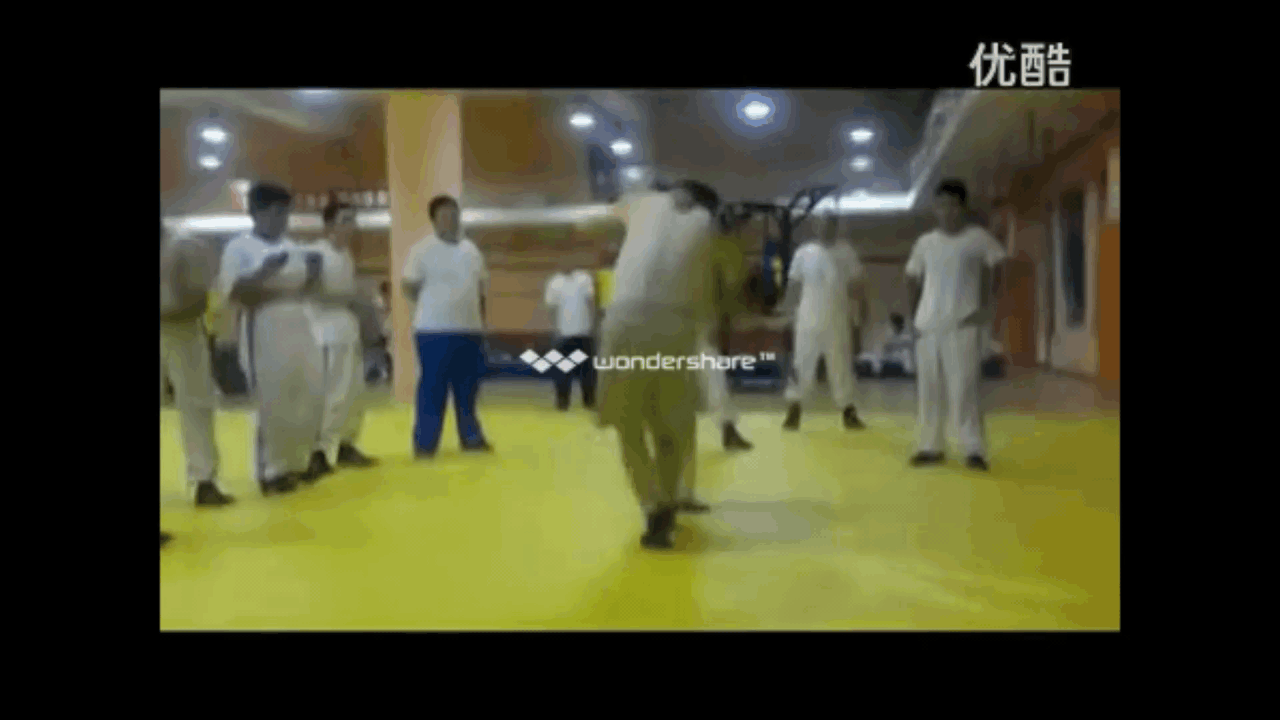isshinryuronin
Senior Master
This is my post #26 (responding to Kung Fu Wang's post #24) that I thought should be clarified. While sort of related to the way I used "entanglement," that word can also refer to the little-known Okinawan skill of karamidi, restraining techniques once used by law enforcement to control the opponent without causing serious injury.This is an example of what I call "entanglement." It's a great way t'o neutralize an opponent's superiority. Not the same as a boxing clinch as offensive opportunities still exist. I've used this tactic a number of times and found there is some risk of getting entangled and unbalanced yourself. You need a strong stance and structure when you're tied up with the opponent.
IMO this should not be called a subset skill of karate as it's contrary to karate's original intent which was to crush the opponent and cause injury. Some styles may have a few of the techniques. Karamidi can also reference the binding of the opponent with ropes to render them unable to move.
It likely existed before karate was fully developed in Okinawa. Japanese Samurai and LE had similar skills (hojoojutsu - had to look up the Japanese word) and I think there's a good chance it's the source of the Okinawan version. The fathers of karate such as Matsumura were security agents for the king and learned Samurai arts in Japan. So, like kobudo (bo, sai, etc.,) this was a separate skill set from early karate. Kobudo made its way into karate and is practiced by some styles today. The emptyhanded karamidi present in karate styles today is limited in scope, although modern Japanese LE may be trained in it. I believe the rope binding art is still alive in Japan as a koryu.
Last edited:

